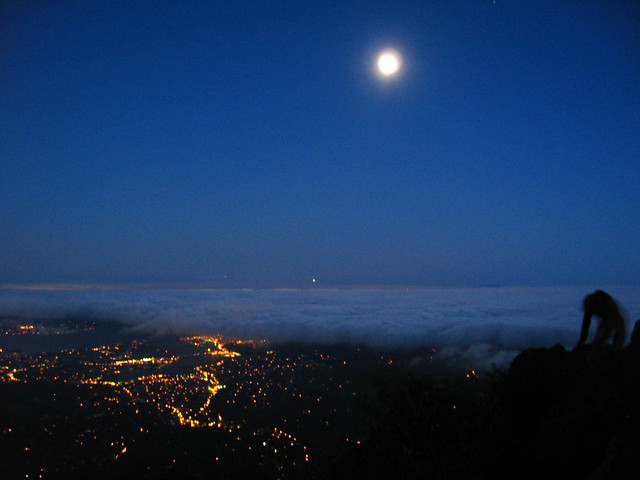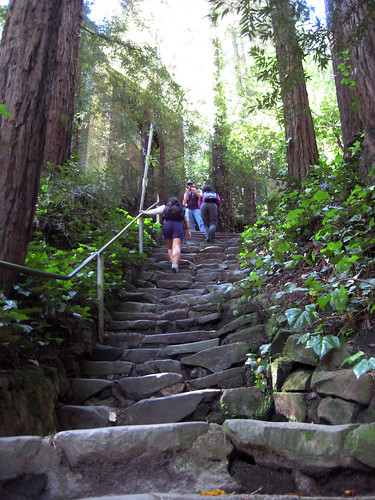 When a car and a person collide, survival is all about speed. Almost everyone survives getting hit by a car going 20 miles per hour; at 30, survival is a bit better than a coin toss at 55 percent. Only 15 percent of people survive a crash at 40 miles per hour. Novato’s main roads are legally limited to 35 miles per hour but, given a comfortable five mile per hour margin, are effectively 40 mile per hour zones. In some places, the lanes are as wide as those on a freeway, giving the illusion of safety at 50 or 55. Novato is a dangerous place to be a pedestrian, and it’s dangerous by design.
When a car and a person collide, survival is all about speed. Almost everyone survives getting hit by a car going 20 miles per hour; at 30, survival is a bit better than a coin toss at 55 percent. Only 15 percent of people survive a crash at 40 miles per hour. Novato’s main roads are legally limited to 35 miles per hour but, given a comfortable five mile per hour margin, are effectively 40 mile per hour zones. In some places, the lanes are as wide as those on a freeway, giving the illusion of safety at 50 or 55. Novato is a dangerous place to be a pedestrian, and it’s dangerous by design.
Last Thursday, Hailey Ratliff was riding her bike home from her new middle school. A recent transplant to Marin, the seventh grader was settling in well, and it seemed like the move would be a success.
Elsewhere in the United States, the ability to ride a bike home from school is a rare privilege. Many new schools are built with only the car in mind, along wide roads that lack sidewalks, let alone crosswalks or bicycle lanes. Only 15% of American children walk or bike to school, down dramatically from even 20 years ago when half could get themselves to and from their classes.
As she was on her way home, someone else was driving into town on Novato Boulevard. As the road winds through rural Novato and West Marin, cars can speed along at 50 or 55 miles per hour, an easy five or 10 miles per hour above the posted speed limit but we typically concern ourselves with.
As the driver would have just started to slow down for the first stop sign that marks the entrance to Novato, Hailey somehow got in the driver’s path. The SUV struck her with such force it left Hailey’s helmet and shoes in the road and threw the bike back into a telephone pole.
The road where the two collided is actually wider than the rural road just before. Drivers respond to visual cues better than posted speed signs to determine a “safe” speed. We all know what it’s like to feel like we’re driving safely, only to be pulled over for speeding. The new tunnel for Doyle Drive is an example – its wide lanes and easy curves are at odds with the 35 MPH posted speed limit. Where Hailey was hit, the eastbound lane effectively widens to 15 feet as the paint delineating the shoulder is almost worn away. The center turn lane that suddenly appears makes passing cars feel like they aren’t going so fast, giving the illusion that it’s safe to drive even faster than before. Though the speed limit drops to 35 normally and 25 during school hours, that road is built for 50.
So while the collision between Hailey and that driver was probably the result of inattention by one or both of them, it was the speed that killed Hailey Ratliff, a speed that we normally shrug our shoulders about. It’s a speed that Novato encourages through roads designed for cars, not people. Hailey should be alive today, but the negligence and auto-oriented myopia of Novato’s planners made that road entirely unsafe. It’s our infrastructure that killed Hailey Ratliff, and it will keep on killing us until we say enough.





